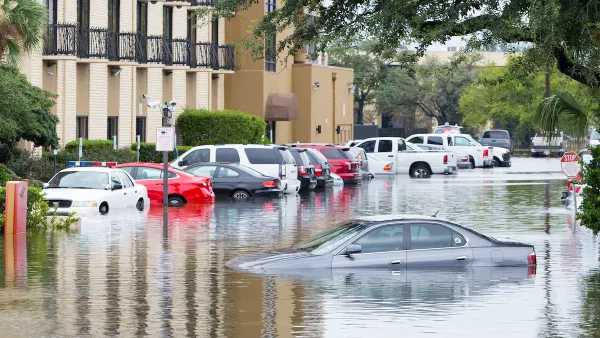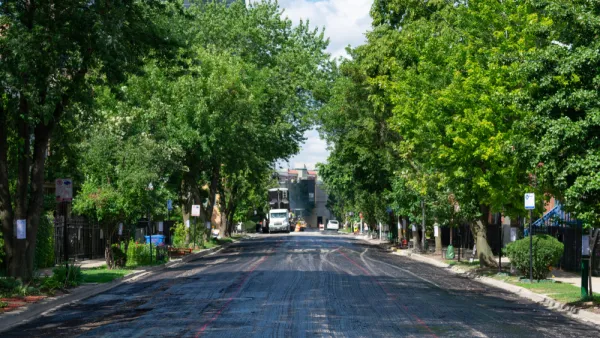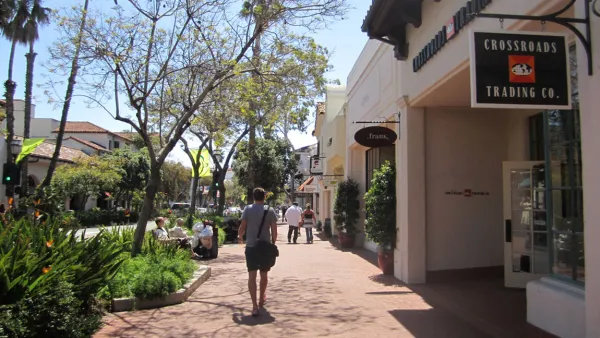Adapting to extreme weather events resulting from climate change has largely taken the form of infrastructure engineering, e.g building flood doors for subways or reinforcing sand dunes, but what of 'social adaptation' for residents themselves?
In the abstract to "Adaptation", professor of sociology at New York University, Eric Klinenberg writes on the need to “climate-proof” cities —"protecting people, businesses, and critical infrastructure against weather-related calamities."
"Increasingly, governments and disaster planners are recognizing the importance of social infrastructure: the people, places, and institutions that foster cohesion and support.
Klinenberg "discusses, at length, the case of a deadly 1995 heat wave in Chicago, during which people living in neighborhoods with stronger social networks fared better than people who lived in comparable, but less socially cohesive, neighborhoods."
To access the article itself, one needs a New Yorker subscription or the Jan. 07 edition. However, he discusses his findings with National Public Radio's Steve Inskeep on 'Morning Edition" on January 3.
Klinenberg describes a 'socially cohesive neighborhood' essentially as being walkable with small-scale retail that "draws older people into public life". The two neighborhoods he compares are adjacent, poor, "nearly identical" and have many older residents. The walkable neighborhood had fewer deaths from the heat wave, and whose residents have longer life expectancy, showing that social infrastructure made a difference in residents' lives regardless of extreme weather.
Audio and podcast available.
FULL STORY: ADAPTATION - Dept. Of Urban Planning, Abstract: How can cities be “climate-proofed”?

National Parks Layoffs Will Cause Communities to Lose Billions
Thousands of essential park workers were laid off this week, just before the busy spring break season.

Retro-silient?: America’s First “Eco-burb,” The Woodlands Turns 50
A master-planned community north of Houston offers lessons on green infrastructure and resilient design, but falls short of its founder’s lofty affordability and walkability goals.

Delivering for America Plan Will Downgrade Mail Service in at Least 49.5 Percent of Zip Codes
Republican and Democrat lawmakers criticize the plan for its disproportionate negative impact on rural communities.

Test News Post 1
This is a summary

Test News Headline 46
Test for the image on the front page.

Balancing Bombs and Butterflies: How the National Guard Protects a Rare Species
The National Guard at Fort Indiantown Gap uses GIS technology and land management strategies to balance military training with conservation efforts, ensuring the survival of the rare eastern regal fritillary butterfly.
Urban Design for Planners 1: Software Tools
This six-course series explores essential urban design concepts using open source software and equips planners with the tools they need to participate fully in the urban design process.
Planning for Universal Design
Learn the tools for implementing Universal Design in planning regulations.
EMC Planning Group, Inc.
Planetizen
Planetizen
Mpact (formerly Rail~Volution)
Great Falls Development Authority, Inc.
HUDs Office of Policy Development and Research
NYU Wagner Graduate School of Public Service





























